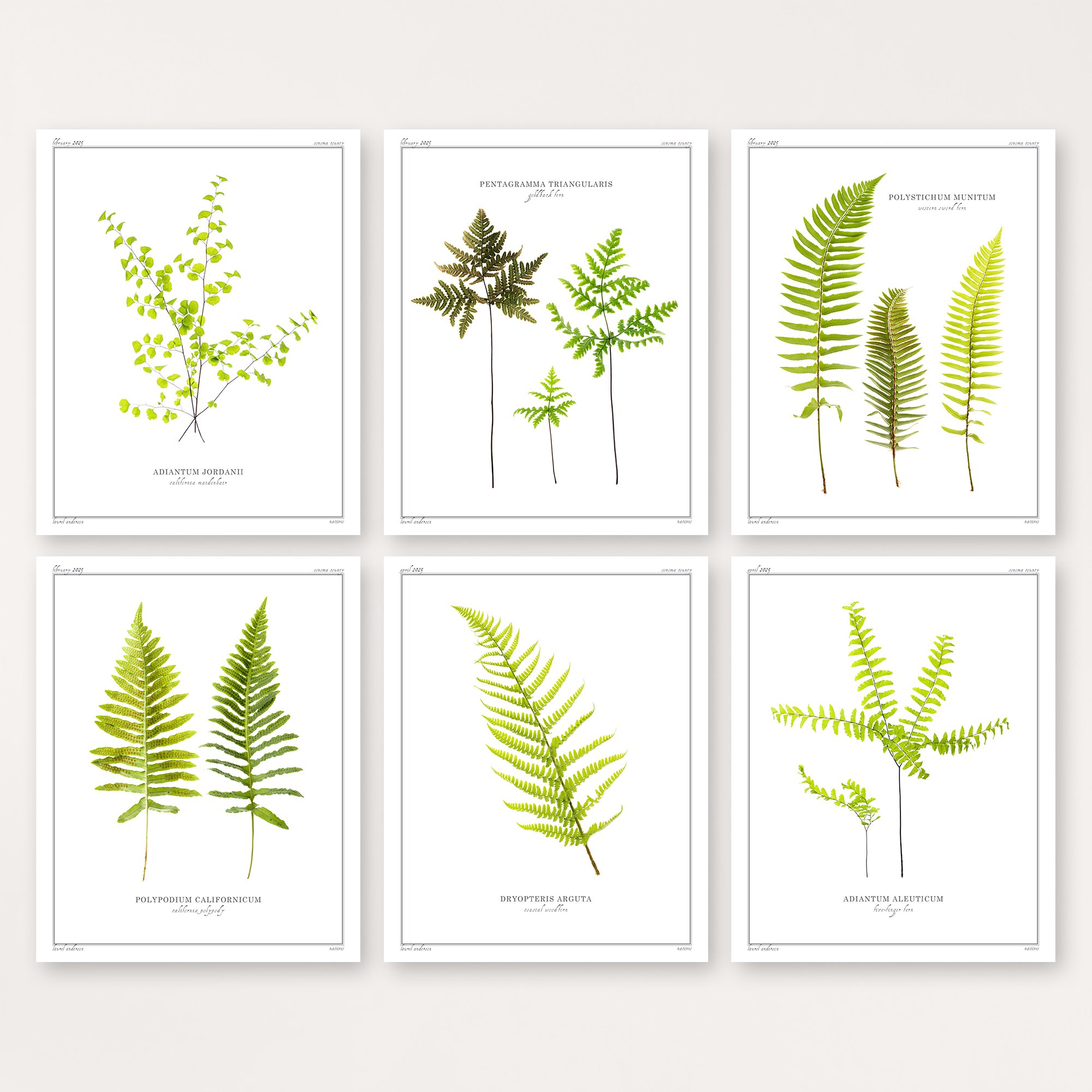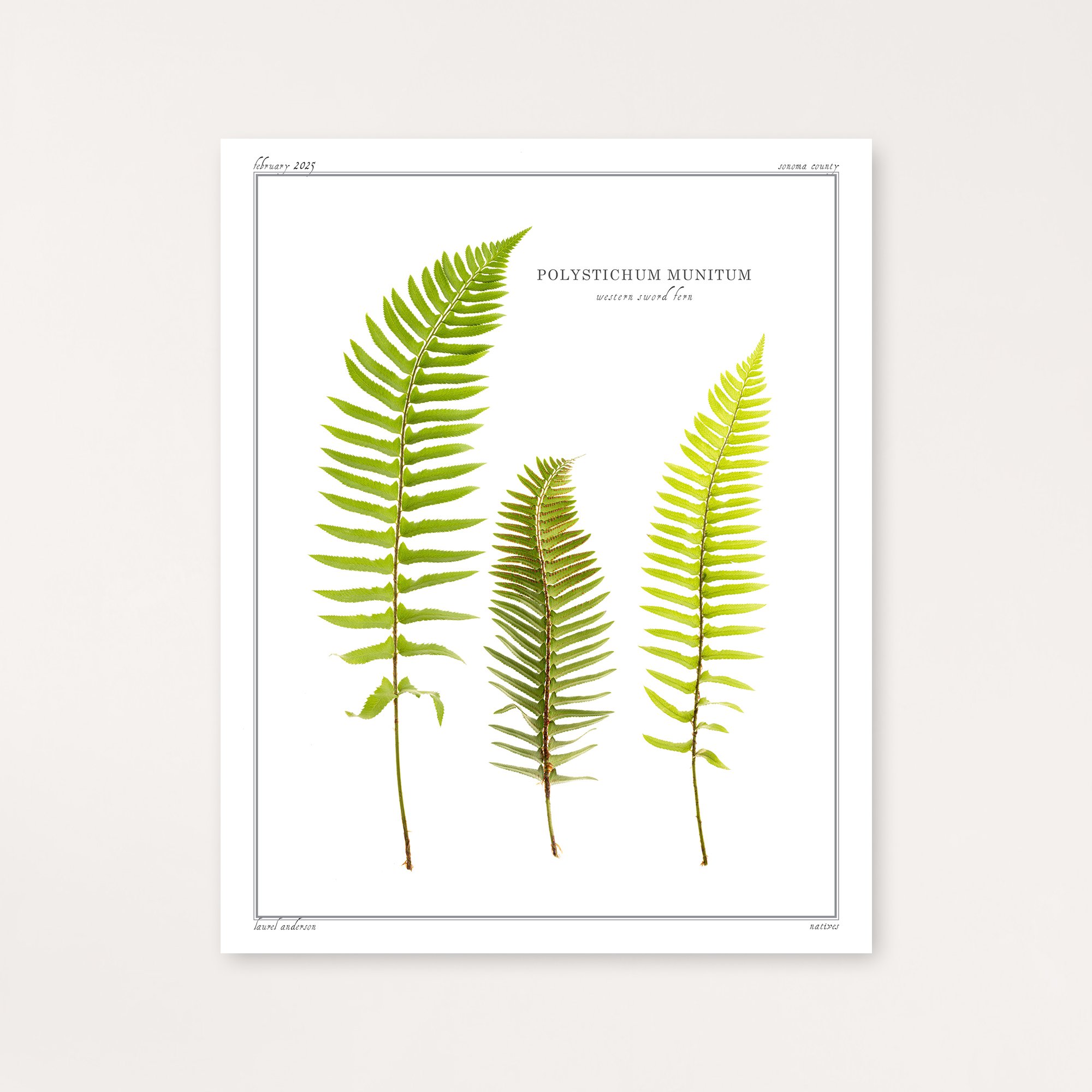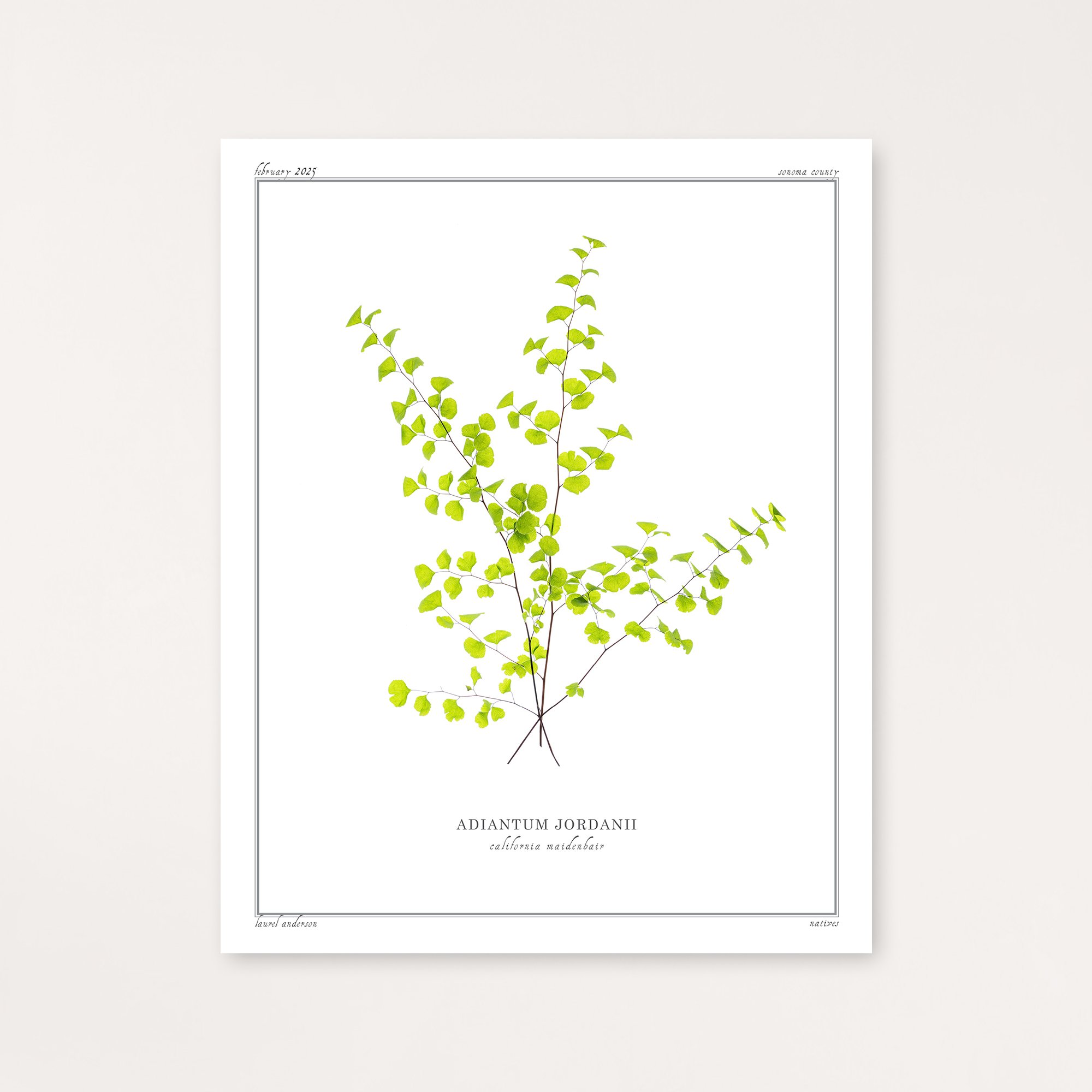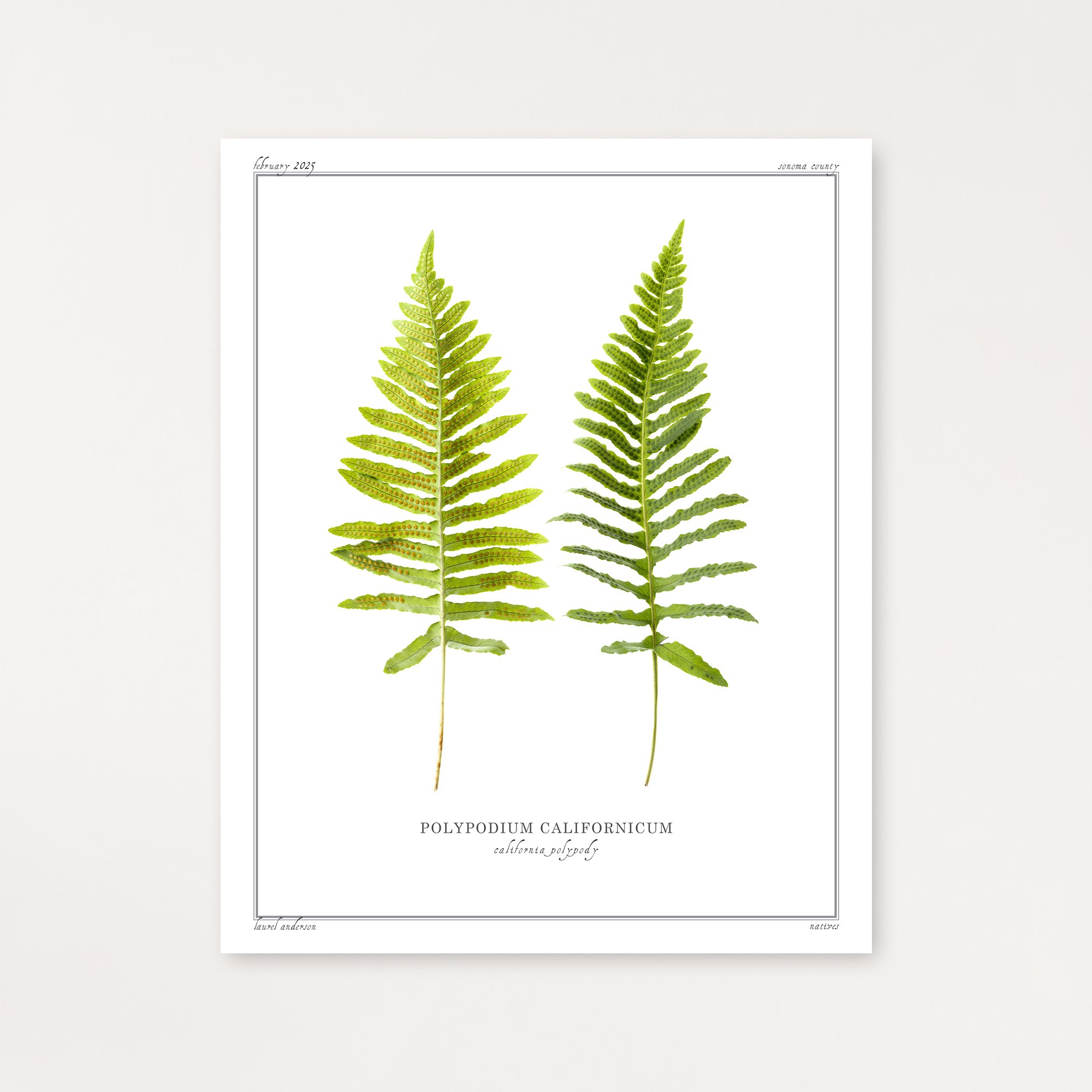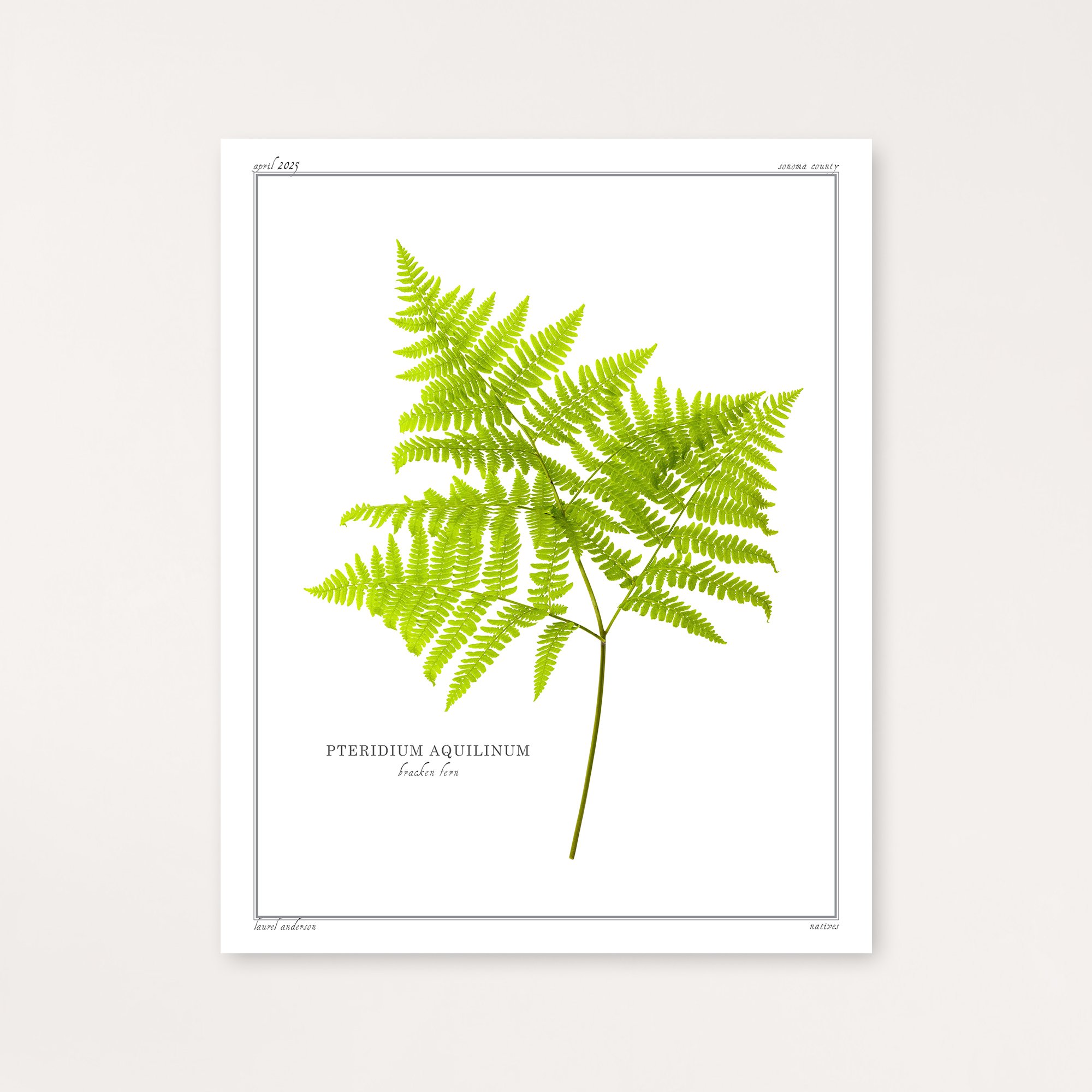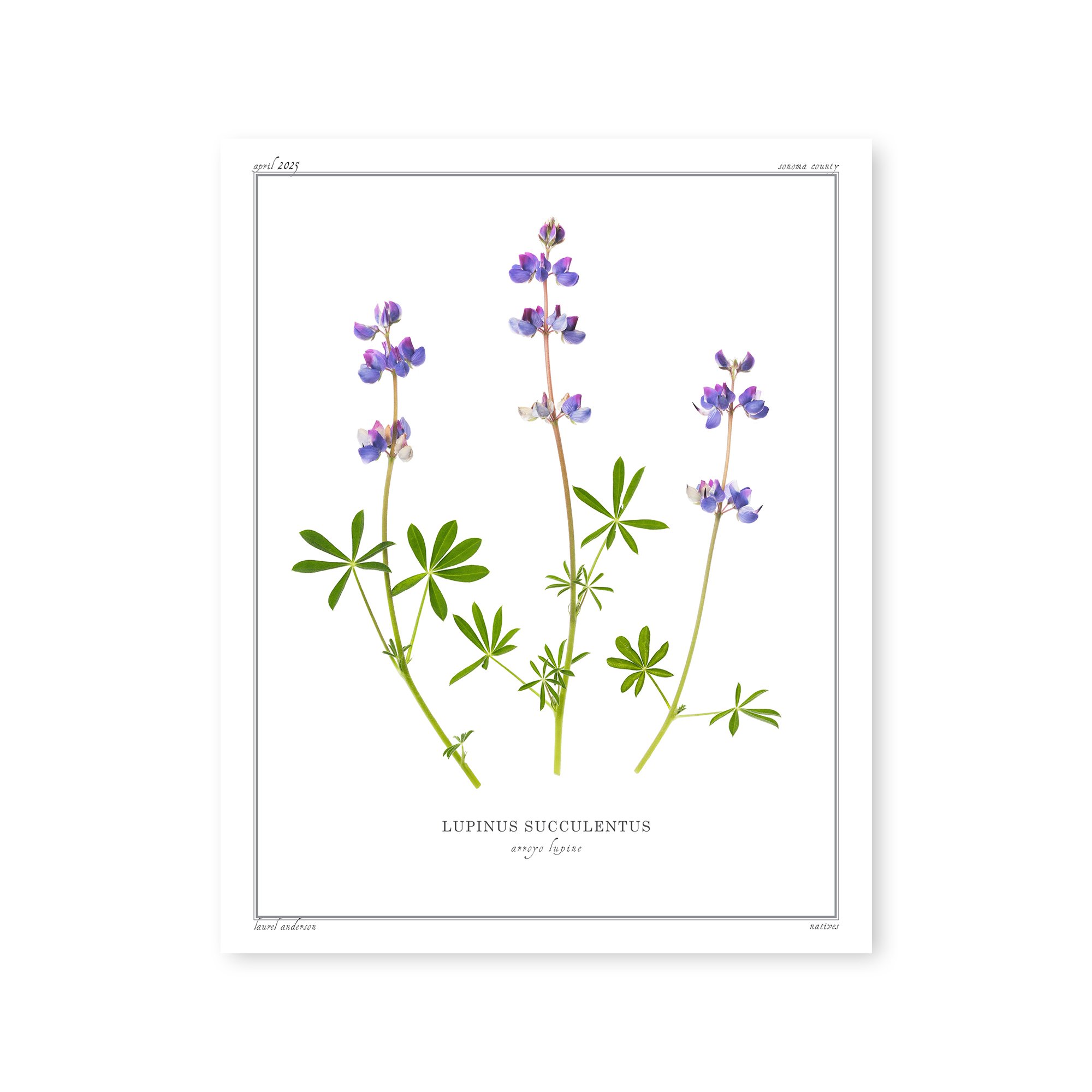 Image 1 of 2
Image 1 of 2

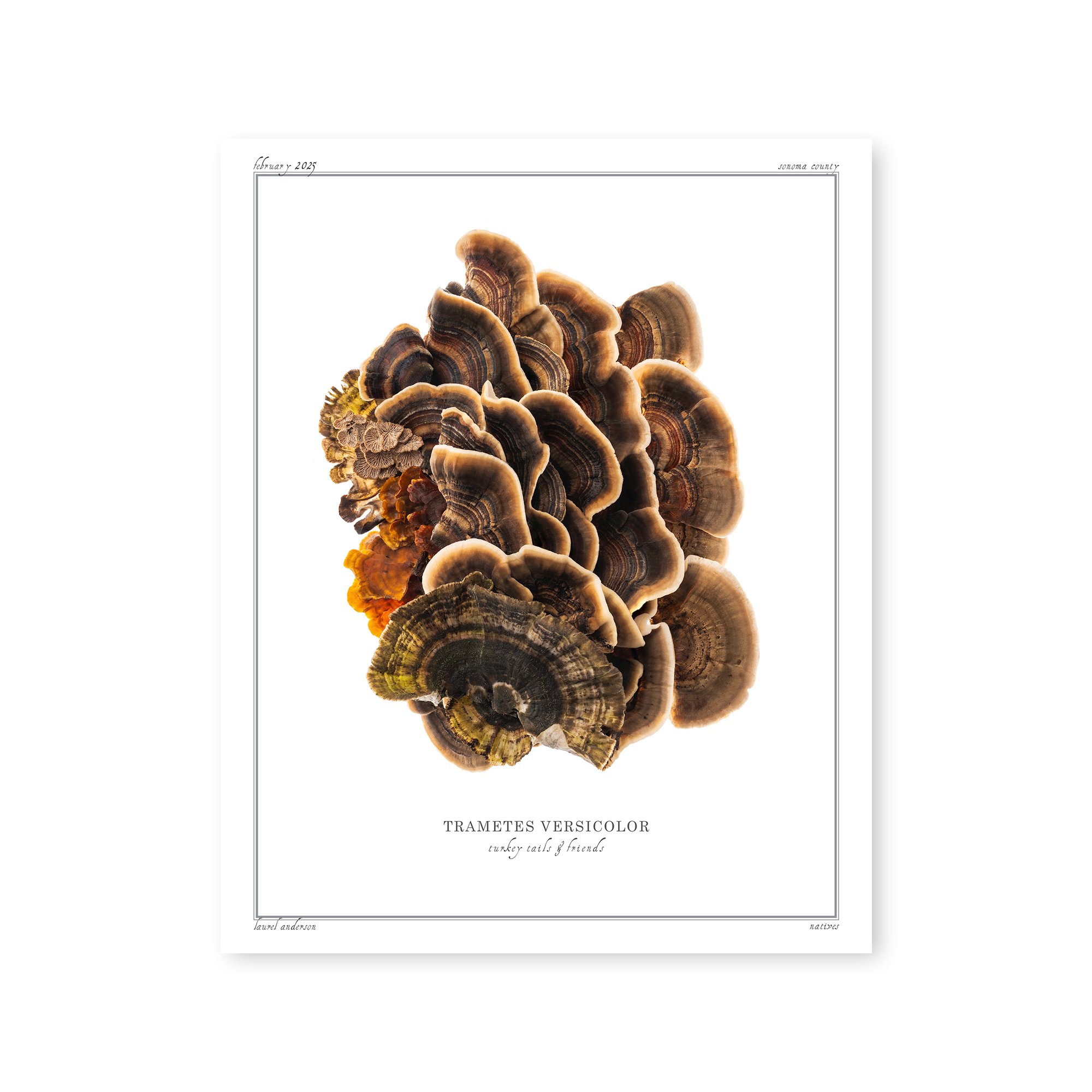 Image 2 of 2
Image 2 of 2



Turkey Tails
Turkey Tail, Trametes versicolor, is a common polypore fungus found throughout the world, growing on dead and dying trees where it plays an important role in decomposing wood. Its name comes from its striking multi-colored bands that resemble a wild turkey's tail feathers, appearing in concentric zones of various colors.
In traditional Chinese medicine, Turkey Tail has been used for thousands of years, known as "Yunzhi," and has extensive documented medicinal applications for its immune-boosting properties.
This fungus contributes significantly to forest ecology as a white-rot fungus that breaks down lignin in wood, helping to recycle nutrients and supports forest regeneration.
Each print is made by the artist using archival quality pigment ink on Moab's Entrada Rag Bright 300 paper.
Turkey Tail, Trametes versicolor, is a common polypore fungus found throughout the world, growing on dead and dying trees where it plays an important role in decomposing wood. Its name comes from its striking multi-colored bands that resemble a wild turkey's tail feathers, appearing in concentric zones of various colors.
In traditional Chinese medicine, Turkey Tail has been used for thousands of years, known as "Yunzhi," and has extensive documented medicinal applications for its immune-boosting properties.
This fungus contributes significantly to forest ecology as a white-rot fungus that breaks down lignin in wood, helping to recycle nutrients and supports forest regeneration.
Each print is made by the artist using archival quality pigment ink on Moab's Entrada Rag Bright 300 paper.




